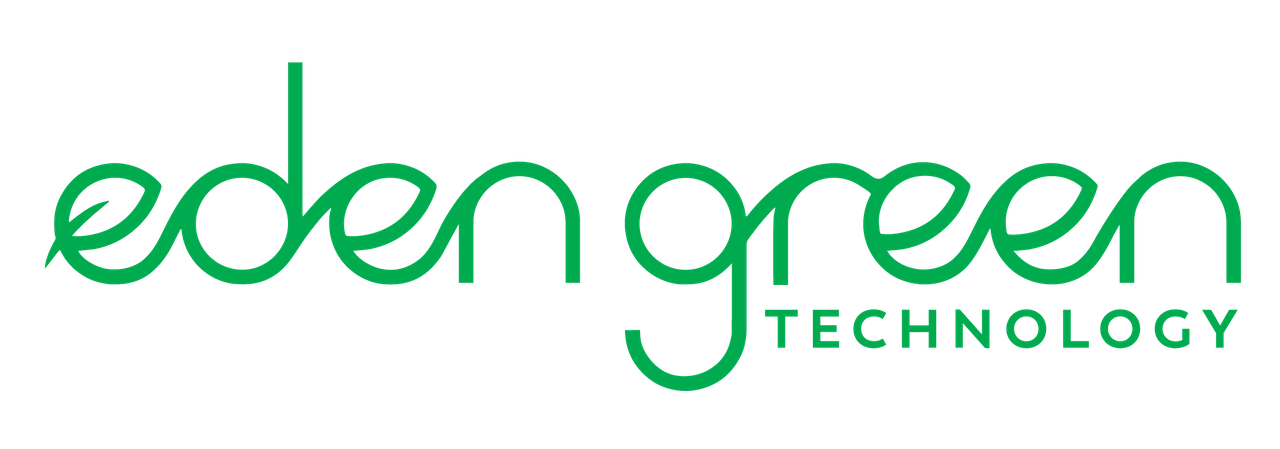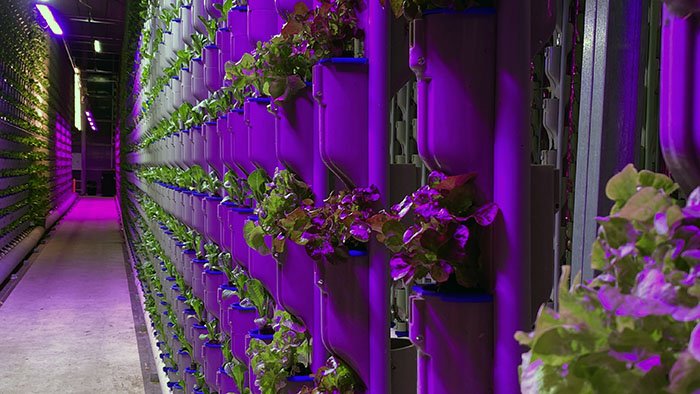Picking the Best Hydroponic Growing Medium for Your System
Choosing the right growing medium for your hydroponic system is a critical decision that directly impacts plant health, growth, and yield. Unlike traditional soil-based gardening, hydroponics relies on nutrient-rich water solutions to nourish plants, making the growing medium an essential system component. This article will guide you through selecting the best-growing medium to optimize plant performance and ensure a thriving hydroponic garden.
Why the Right Growing Medium Matters
In hydroponics, the growing medium supports plant roots, maintaining stability and promoting optimal nutrient and water uptake. It doesn’t provide nutrients itself but acts as a conduit for delivering nutrient-rich water to the plants. The ideal medium balances water retention, aeration, and pH stability, supporting healthy root development and plant growth.
Key Factors to Consider When Choosing a Growing Medium
When selecting a growing medium, consider these critical factors:
Water Retention: The medium should hold enough moisture to keep roots hydrated but not waterlogged.
Aeration: Sufficient airflow around the roots is vital to prevent root rot and promote healthy growth.
pH Stability: Maintaining a stable pH ensures that plants can absorb nutrients efficiently.
Nutrient-Holding Capacity: A good medium retains nutrients and releases them steadily to the plant roots.
Sustainability: Environmentally friendly and reusable options contribute to a sustainable hydroponic practice.
Types of Growing Mediums for Hydroponics
| Medium | Description |
|---|---|
| Inert Mediums | |
| Inert mediums are chemically neutral and do not provide any nutritional value to the plants. They primarily function as a support system for the roots while allowing the free flow of water and nutrients. | |
| Rockwool | Rockwool is a popular growing medium made from molten rock spun into fibers. It has excellent water retention capabilities and provides good aeration. Rockwool is available in different sizes and shapes, making it versatile for various hydroponic systems. |
| Coconut Coir | Coconut coir is a sustainable and renewable growing medium derived from coconut husks. It has excellent water retention and aeration properties, allowing optimal root development. Coconut coir is pH stable and can be used as a standalone medium or mixed with other materials. |
| Perlite | Perlite is a lightweight volcanic glass that is expanded by heating. It provides good aeration and drainage, ensuring sufficient oxygen supply to the roots. Perlite is commonly used as part of a growing medium mix to improve its structure and water-holding capacity. |
| Vermiculite | Vermiculite is a natural mineral that expands when heated. It has a high water retention capacity, promoting moisture availability to the roots. Vermiculite provides good aeration but should be combined with other mediums due to its limited drainage capabilities. |
| Soilless Mediums | |
| Soilless mediums are organic materials or a mixture of organic and inorganic components. These mediums offer a balanced blend of water retention, aeration, and nutrient availability. | |
| Peat Moss | Peat moss is a common soilless medium made from partially decomposed plant material. It has excellent water retention properties and good aeration. Peat moss is lightweight and helps maintain a slightly acidic pH, making it suitable for acid-loving plants. |
| Expanded Clay Pellets | Expanded clay pellets, also known as hydroton or clay pebbles, are lightweight and porous. They provide good drainage and aeration, allowing oxygen to reach the roots. Expanded clay pellets are reusable and pH neutral, making them suitable for various hydroponic systems. |
| Growstones | Growstones are made from recycled glass, providing a sustainable alternative for growing mediums. They have excellent water retention and aeration properties. Growstones are lightweight, pH neutral, and provide a stable structure for root development. |
| Organic Mediums | |
| Organic mediums include natural materials derived from plants or animals. These mediums often offer additional nutritional value to the plants. Below, we highlight the best organic mediums for hydroponic systems. | |
| Compost | Compost is a nutrient-rich organic medium produced through the decomposition of organic matter. It improves soil structure, enhances water retention, and provides a range of beneficial microorganisms. Compost can be used alone or mixed with other mediums. |
| Manure | Manure (like cow or horse manure) is a nutrient-dense organic medium. It improves soil fertility and structure while providing essential plant nutrients. You should compost manure appropriately to eliminate any potential pathogens or weed seeds. |
| Rice Hulls | Rice hulls are the protective coverings of rice grains. They are lightweight, provide good drainage, and help improve aeration in the growing medium. Rice hulls are often combined with other mediums to enhance their physical properties. |
1. Inert Mediums
Inert mediums are chemically neutral and do not provide nutrients. They primarily offer physical support and help manage water and nutrient flow.
Rockwool: Made from molten rock spun into fibers, Rockwool offers excellent water retention and aeration. It is versatile and works well in various hydroponic systems.
Coconut Coir: A sustainable, renewable medium derived from coconut husks. It has strong water retention, good aeration, and is pH stable.
Perlite: A lightweight volcanic glass that enhances aeration and drainage, commonly used in medium mixes to improve structure.
Vermiculite: A natural mineral with high water retention capacity, ideal when combined with other mediums for better drainage.
2. Soilless Mediums
Soilless mediums blend organic and inorganic components, providing a balanced mix of water retention, aeration, and nutrient availability.
Peat Moss: Lightweight and offers excellent water retention and aeration. Its slightly acidic pH makes it suitable for acid-loving plants.
Expanded Clay Pellets: Also known as hydroton, these pellets are reusable, pH neutral, and provide robust drainage and aeration.
Growstones: Made from recycled glass, growstones offer a sustainable option with strong water retention and aeration properties.
3. Organic Mediums
Organic mediums offer natural nutrition and contribute to soil fertility when used in hybrid systems.
Compost: Nutrient-rich and full of beneficial microorganisms, compost enhances water retention and supports plant health.
Manure: When properly composted, manure delivers essential nutrients and improves the structure of the growing medium.
Rice Hulls: Lightweight, they improve aeration and drainage, often used in combination with other mediums.
Matching Growing Mediums to Your Hydroponic System
Different hydroponic systems work best with specific types of growing mediums:
Deep Water Culture (DWC): Lightweight mediums like expanded clay pellets facilitate oxygenation.
Ebb and Flow Systems: Mediums with good water retention, such as Rockwool or coconut coir, work well.
Nutrient Film Technique (NFT): Supports minimal-medium systems, often using Rockwool or grow cubes.
Aeroponics: Often requires no medium or uses lightweight mediums for support.
Practical Tips for Medium Management
Preparation & Sterilization: Always clean and sterilize the medium before use to prevent contamination.
Maintain Moisture & pH Balance: Regularly monitor and adjust to ensure the optimal environment for plant growth.
Recycle Mediums Responsibly: Many mediums, such as clay pellets and coconut coir, can be reused with proper cleaning.
Choose Wisely for Hydroponic Success
Selecting the best-growing medium for your hydroponic system involves balancing plant needs, system requirements, and sustainability goals. By choosing the right medium and managing it properly, you can enhance plant growth, improve yields, and contribute to a more sustainable and efficient food production system—especially when combined with the innovative hydroponic technology offered by leaders like Eden Green.



